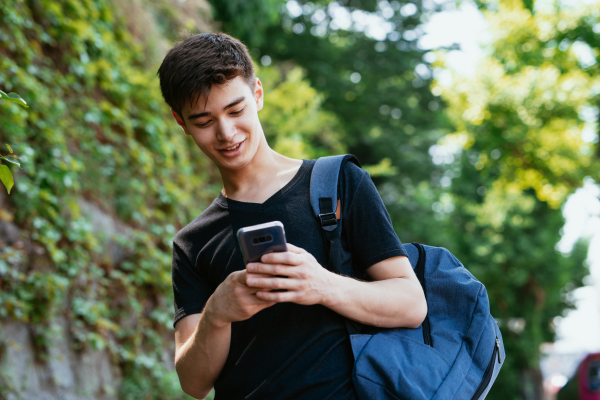Project kits

Digital citizenship gallery
This project kit gives ideas on how to help secondary school pupils become responsible digital citizens.

Image source: Drazen_ from Getty Images Signature
Through interactive activities such as discussions, quizzes and concept maps, pupils can develop strong digital literacy skills. They can collaborate internationally to complete tasks, create virtual galleries and maintain learning journals. The project concludes with an art afternoon where they would showcase their work to the school community and local experts.
Additional information
-
Age from:12
-
Age to:15
-
Difficulty:Advanced
-
Education type:School Education
-
Target audience ISCED:Lower secondary education (ISCED 2)Upper secondary education (ISCED 3)
